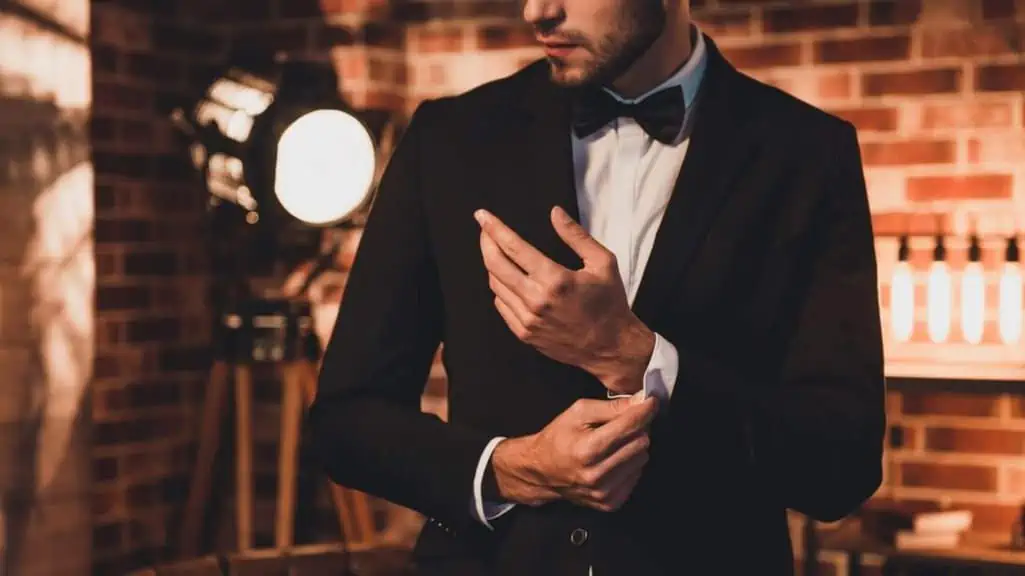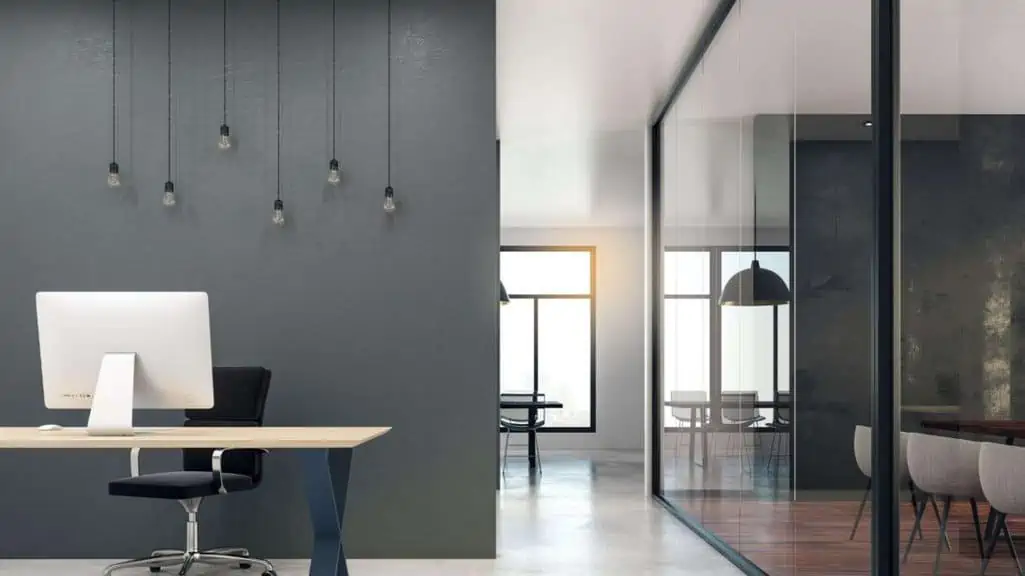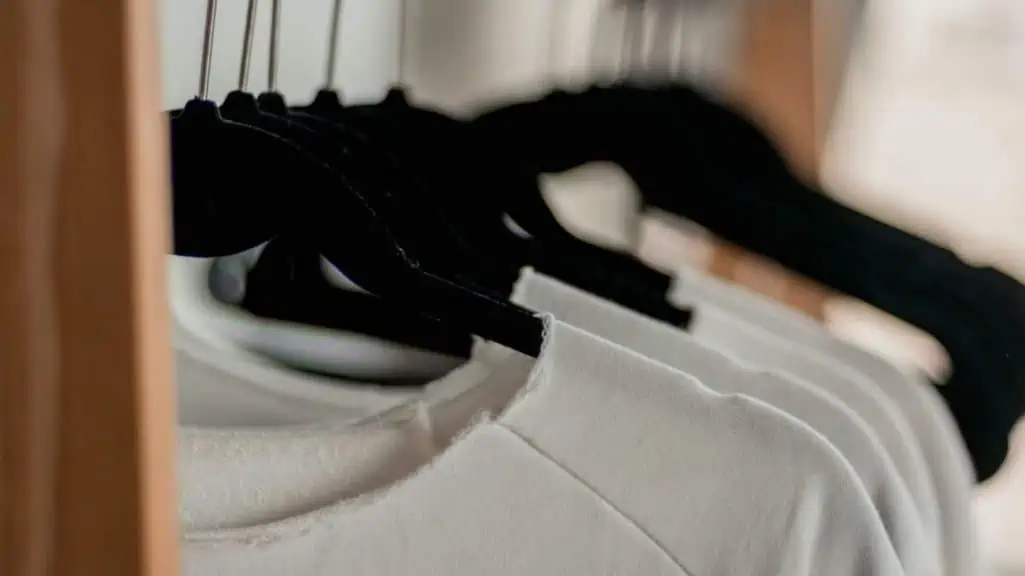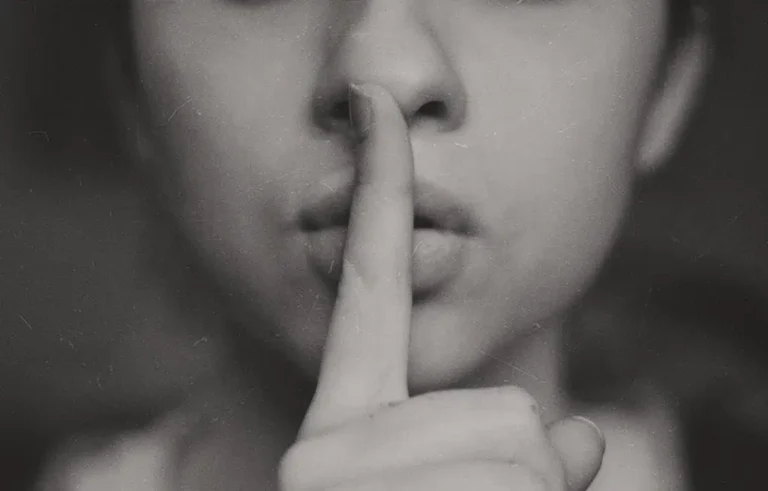One of life’s most frustrating questions is what should I wear to work.
Dress vary widely, and even if you find out the dress code, there are so many variances, you may still have no clue what is acceptable and what is not.
Getting back to the basics and learning about the main categories of business attire can help you to get a baseline idea of what you should wear so that you don’t make a significant faux pas.
Types of Business Attire
Since the majority of work settings have a dress code, it is only wise to familiarize yourself with each category of business attire.
While this is a great starting point, you should keep in mind that the specifics of what you should wear depend mainly on your employer’s dress code.
Casual

You will usually find a casual dress code in an informal setting.
In general, causal means the same clothes you would wear outside of work with some restrictions.
For most work situations, a casual outfit means t-shirts, jeans, and sneakers are all ok.
However, you should still steer clear of being too casual.
Ripped jeans, tank tops, and flip-flops are probably a bad idea.
For Men
Casual attire for men may include jeans and khakis on the bottom and t-shirts, button-down shirts, and sweaters on top.
For shoes, you can wear sandals, sneakers, or loafers.
For Women
Women’s casual attire includes jeans, t-shirts, cropped pants, shorts, sweaters, low heels, sandals, and sneakers.
Smart Casual

Smart casual attire is similar to casual but more stylish.
Think of it as a trendier look that fits a casual dress code but gives you a more professional edge.
For Men
Smart casual for men may include a sports jacket over a t-shirt paired with jeans.
It could also be a button-down or polo shirt.
Dress shoes or boots are good choices as well.
You should also accessorize as needed with belts, nice watches, and similar items.
For Women
Women’s smart casual may be dressier.
A blazer over a flirty dress could work nicely.
You may also choose sweaters, skirts, blouses, and trousers.
Heels and flats work well for footwear.
You can also accessorize as you wish.
Business Casual

The Street explains that business casual is probably the category of business attire that is most difficult to define because nobody seems to agree on the guidelines and standards, even though it is the most traditional business attire.
Some places may be fine with jeans as part of the dress code, while other places are not.
Some employers may not frown upon bright colors while others may.
Some allow shorts, and some don’t.
It is quite confusing and requires that you closely read your company’s dress code.
In general, khakis and polo shirts seem to be a standard that works for any company no matter how it leans since they look professional without being too stuffy.
You can be sure that very casual clothing, such as sweatpants and leggings, is not business casual.
The key is to avoid getting too casual.
You still want a neat business edge.
Business casual attire is usually the best way to go if you are unsure of a dress code.
For Men
Most neutral and muted colors are ok for business casual men options.
Khakis are a good choice, and ties are optional.
You can also wear any collared shirt, a short-sleeved button-down shirt, a turtleneck, or a polo.
A suit jacket is optional, and business casual shoes should be comfortable yet verge on dressy, such as loafers or boots.
For Women
Business casual women wear can include a range of separates instead of suits, such as a pencil skirt and ruffle blouse.
You can wear a variety of colors, and larger jewelry is ok.
Cotton is a good fabric choice.
Casual accessories work well.
Heels, mules, and flats make great footwear choices.
Business Professional

Money Crashers explains that business professional is a conservative look and the traditional choice for business attire.
Whatever your look, it should be neat and professional, but you can inject some personality through color choices and high-end accessories.
For Men
Conservative suits are the best choice for men looking to dress in business professional attire.
The color options should be neutral.
You can wear some lighter colors and add pops of color with tie choices or button-up shirts.
Stick with high-end accessories in simple styles and black or brown dress shoes.
For Women
A business suit is also a good choice for women.
Neutral colors are ideal.
You can accent with color in your shirts.
Stick with minimal accessories and closed-toe shoes.
Also, always wear hosiery.
Business Formal

Business formal is the strictest dress code.
Unless you work in the legal profession or are an executive, you probably will never have to dress business formal outside of special events, such as ceremonies.
The style for business formal is very reserved.
It is similar to black tie.
For Men
Business formal for men is a tailored suit in dark color choices with a white shirt and black or brown shoes.
Black is typically the best color choice.
You should wear a matching belt and choose modest cuff links and tie clips.
Shoes should be oxfords or loafers.
For Women
Women’s business formal includes tailored suits, such as a skirt suit with the skirt at the knee.
Keep all cuts conservative and colors neutral.
Wear hosiery as well and closed-toe shoes.
Minimal jewelry, preferably high-end, is acceptable.
Outside of the office, a formal event may require an evening gown.
Business Attire Advice

When it comes to choosing business attire, you should always default to the dress code.
Dress codes will vary depending on the environment, culture, and work duties.
For example, if you meet with clients or other VIPs, you will typically need a more formal look, even if you are in a casual office environment.
Some work environments have looser standards due to the nature of the work.
For example, creative fields may allow for more leeway when it comes to color choices and overall looks.
In other fields, there is more formality based on social standards.
For example, the legal field always has been very formal.
Many companies will look to the dress code to set the company culture standards and help define the company’s value.
They also look at the dress code as the first impression the business and its employees make on anyone.
Business Insider explains that a work dress code is also a reflection on you and can project your professionalism and how serious you take your job.
The one thing to keep in mind, regardless of which category your dress code falls under, is to always focus on fit.
Good fitting clothing will enhance your appearance and automatically make you look more polished and professional, even in jeans and a t-shirt.
Frequently Asked Questions
You may still have lingering questions about business attire and what to wear to work.
Here is a look at some common things people specifically ask about when it comes to this topic.

How Should I Handle Tattoos and Piercings?
It is not uncommon for people to have tattoos or piercings these days, even people who will work in a professional environment.
They may be no big deal in a casual office, but for other offices, it is always a good idea to remove all piercings except for the ears and to cover tattoos.
Long sleeves and pants can easily cover arm and leg tattoos.
Women can wear dark pantyhose to cover leg tattoos and still wear skirts.
You should make sure to wear dark clothing so that tattoos do not show through, or you can wear a jacket or cardigan over the top to avoid bleed through.
Accessories can also help hide some tattoos, such as scarves to cover those on the neck or a watch to cover a wrist tattoo.
What Type of Jeans Are Ok for Work?
In a casual work environment, you may wear jeans, but that doesn’t mean you should abandon all professionalism.
It is smart to stick with darker washes only.
Never wear jeans with rips or holes in them.
Stick with tailored styles and avoid fancy prints, patches, designs, or colors.
What Should I Do if I Don’t Know the Dress?
When reporting to a new job, you should try to get the details on the dress code if possible.
If you can’t, you can check out what other employees are wearing or look at the company website to see if there are pictures that show employees.
Social media can also be an excellent reference to find out about workwear.
What Should I Never Wear to Work?
You should avoid busy outfits in most settings.
Don’t wear loud colors or crazy accessories.
Avoid heels over three inches.
Keep all clothing appropriate for work by avoiding anything too tight, low cut, such as a plunging v-neck, or with vulgar language on it.
You also should avoid sleeveless tops unless you cover them with a jacket or sweater.
Are Dress Codes Legal?
In general, yes, dress codes are legal.
Your employer has every right to set one as long as it applied to all employees equally.
Your local laws may require gender neutrality in dress codes or other standards to ensure fairness.
Any unfair application could result in discrimination, which is illegal.
Wrapping Up
Dressing for work can be frustrating if you don’t know where to begin.
In short, you should always aim to look clean, neat, and well put together.
Make sure you research the dress code ahead of time and always read your company’s dress code in full.
Finally, make sure to buy good quality clothing items and invest in tailoring for a good fit no matter which type of business attire you must wear.








